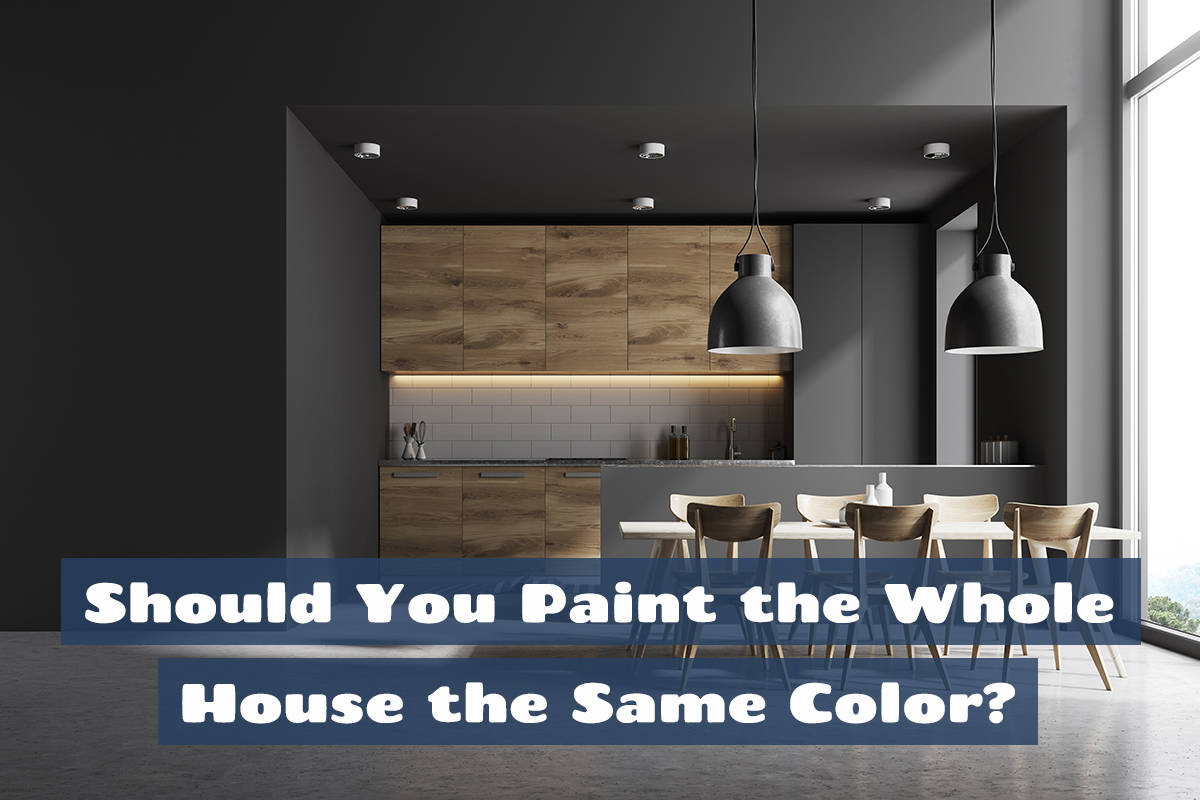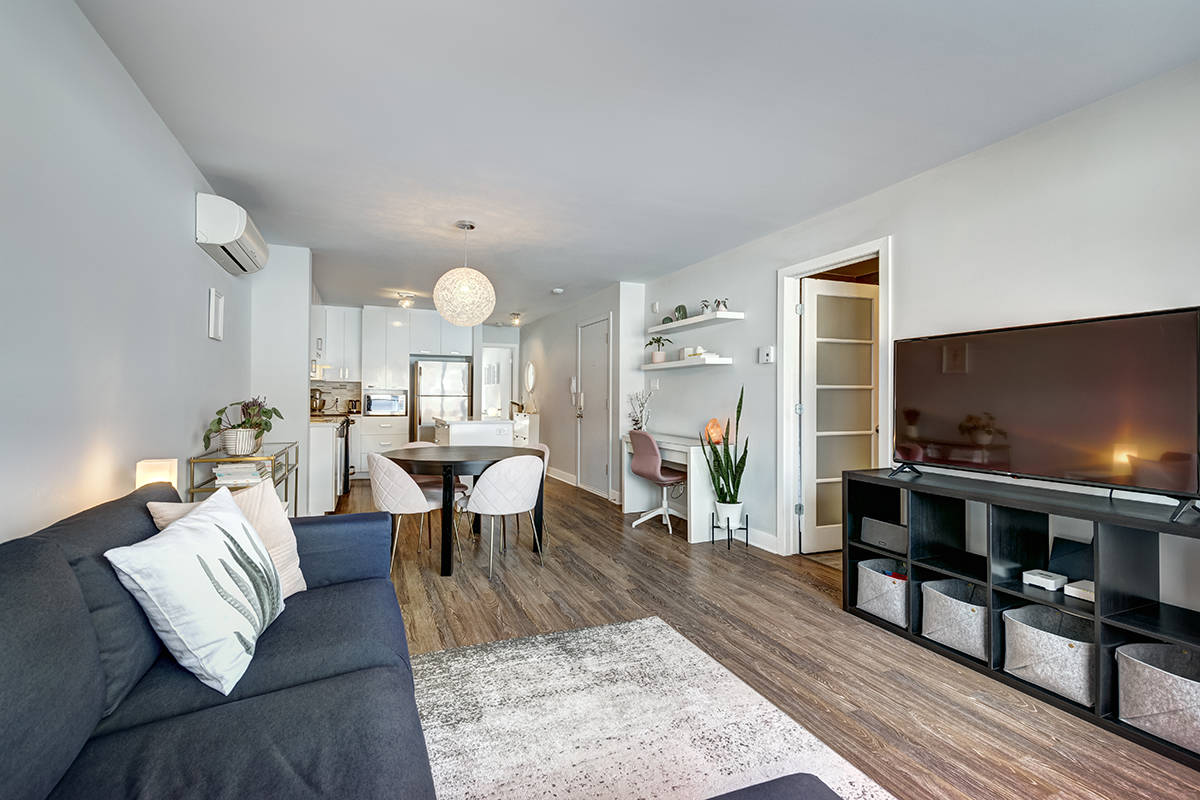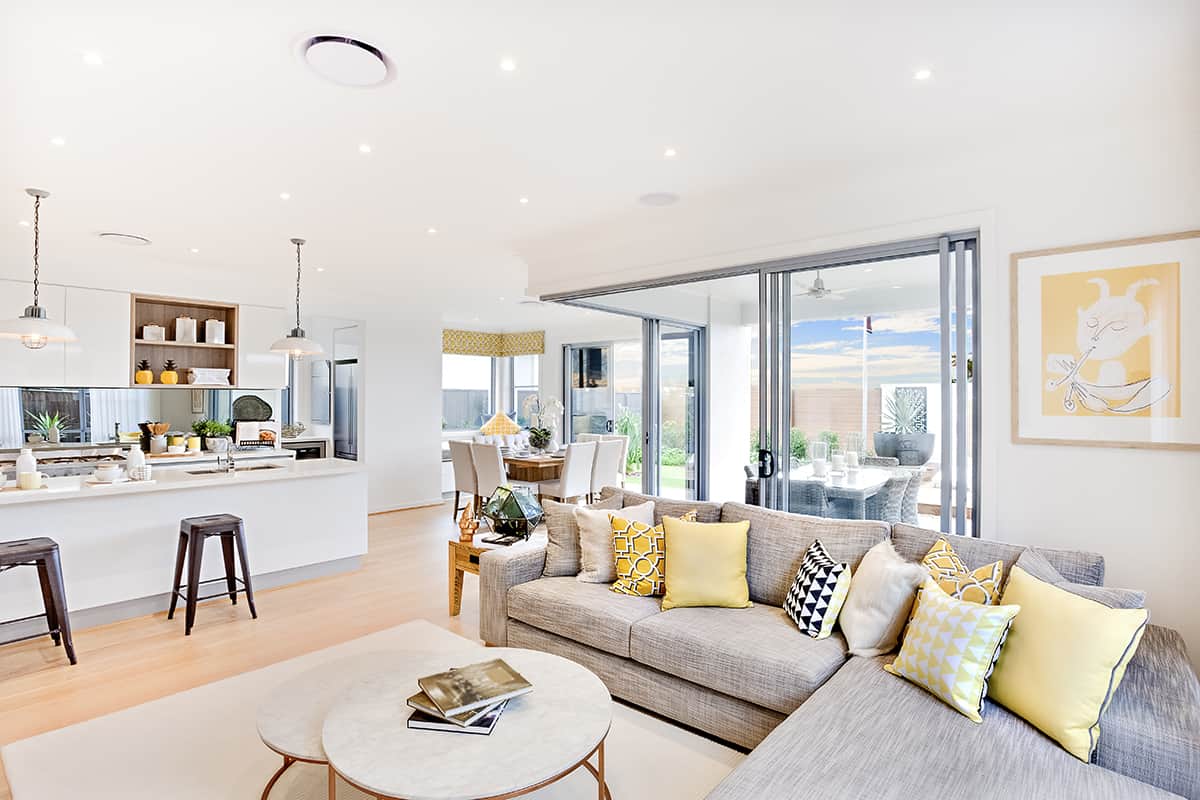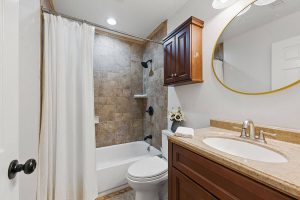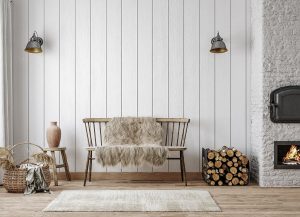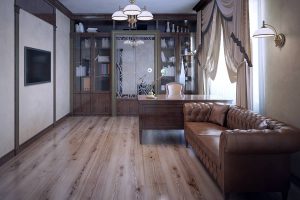If you’re renovating a home you might be wondering if it’s a good idea to paint the whole house the same color. This can make a renovation considerably less stressful because you won’t need to find lots of different paint shades you’re happy with, but it could potentially create a sense of limitation in your home.
Here we explore the advantages and disadvantages of painting all of the rooms in a house the same color, so you can make a decision based on your own situation and priorities.
Advantages of Painting Rooms the Same Color
Visual Cohesion
A consistent color scheme creates a sense of visual cohesion and flow throughout your home. This can make your space feel more harmonious and less chaotic, as well as create a sense of calm and expectation as people walk around your home. When all of the rooms in the house are painted the same color, it makes for a very consistent style, which can feel comforting.
Simplicity
Using the same color simplifies the decision-making process. You don’t have to spend as much time selecting and coordinating different colors for each room, which can be especially helpful if you’re not confident in your color choices. Fewer color decisions can also reduce the stress and anxiety associated with choosing and coordinating multiple paint colors, making the painting process more enjoyable.
Space Perception
A single color can create an illusion of continuity and make spaces appear larger and more open. This is particularly effective in smaller homes or rooms with challenging layouts. When rooms are painted in different colors they can feel disjointed and effectively read as smaller, while a home all painted the same color will feel more like one large space.
Furniture and Decor Flexibility
A neutral base color allows you to be more flexible with your furniture and decor choices. You can easily update the look of a room by changing accessories, textiles, and artwork without worrying about clashing with wall colors.
Easier Maintenance
Maintaining a consistent color scheme simplifies touch-ups and repainting in the future. You won’t have to keep track of multiple paint colors for each room, and instead, you can keep one paint tin spare in your garage, and use that to cover over any scuffs or stains on the walls that appear anywhere in your home.
Flow
In open-concept homes, using the same color helps create a sense of continuity between different areas, making the space feel connected and cohesive. This can also work well in homes without an open concept, as you are able to flow more naturally from one room to the next. This can be especially useful in adjoining rooms, for example creating flow between a hallway and the rooms it leads to.
Personalization
If you’re concerned that a house all painted the same color may feel bland, remember that you can still add personality and style through accent pieces, such as colorful furniture, decorative items, and textiles.
For example, a living room painted cream could have a completely different feel to a kitchen that’s painted cream if you opt for all black furniture in the living room and accents of gold, whereas in the kitchen you use white cabinetry and green accessories.
Despite using one paint color, the living room will feel more sophisticated and luxurious, while the kitchen will feel clean and fresh. Using the same color of paint in each room in a home does not mean every room will look the same, instead, it means you can experiment with new ways to create atmosphere and add personality.
Save Money
By using just one color of paint throughout your whole home, you could save some money. For starters, if you have selected one color to work with then you won’t need to buy numerous tester paints for each room in varying shades, and this in itself will save an expense.
For the color you have chosen, purchase the largest size tins available as these are usually better value for money, and you may even be able to strike a deal with your hardware store if you are buying in bulk.
Ordinarily, when you paint each room in a home you will have leftover paint in your tins at the end of the project, however, when painting the rooms all the same color this won’t be an issue because your leftover tin can be used on the next room. This eliminates a lot of wastage which can also save you money.
Resale Value
Painting all of your home in one color can increase its resale value and make it more appealing to potential buyers; this is especially the case if you choose a neutral color. This is because when rooms are painted in different colors, each room gets a distinct personality which can put buyers off.
By comparison, if a house is painted in a neutral shade, it is much easier for buyers to visualize themselves living there, and essentially, it provides them with rooms they can put their own stamp on. Typically, when homes are painted in one neutral color, they are easier to sell.
Disadvantages of Painting Rooms the Same Color
Lack of Variety
One of the most significant disadvantages is the potential for a lack of visual variety. Using the same color in every room can create a monotonous and uninteresting environment, especially if you prefer more diversity in your home’s aesthetic.
Limited Expression
If you enjoy experimenting with color and expressing your personality through interior design, a single color scheme may feel restrictive and limit your creative expression.
Room Size and Lighting
Not all rooms have the same size or receive the same amount of natural light. Using the same color in every room may not take into account the unique characteristics of each space, potentially making some rooms feel too dark or too bright.
Functional Needs
Different rooms serve different functions, and their color schemes can play a role in supporting those functions. For example, you may want a relaxing and soothing color in the bedroom but a vibrant and energetic color in the kitchen. A single color may not meet the functional needs of all rooms.
Highlighting Features
Some rooms may have unique features or details that you want to highlight. Using the same color throughout may not allow you to showcase these elements effectively.
Personal Preferences
Your personal tastes and preferences play a significant role in interior design. If you prefer variety and find comfort in different color palettes for different spaces, painting all rooms the same color may not align with your style.
Psychological Impact
Colors can have a psychological impact on our mood and emotions. Using the same color in every room may not take into account the desired emotional atmosphere for each space. For example, warm, soothing colors may be more appropriate for bedrooms, while vibrant colors might be suitable for a home office or playroom.
Maintenance
While a consistent color scheme can simplify maintenance, it may also mean that scuffs, stains, or wear and tear are more noticeable on the walls, especially if you choose a light or bold color for high-traffic areas.
